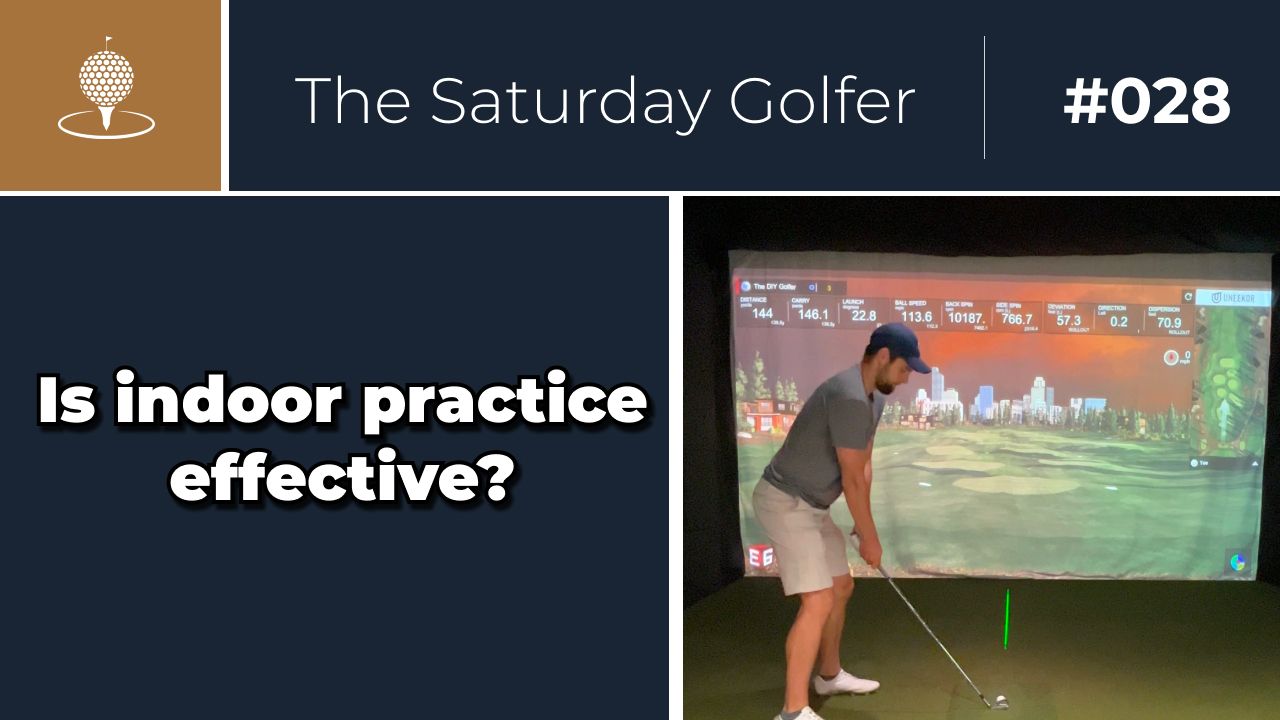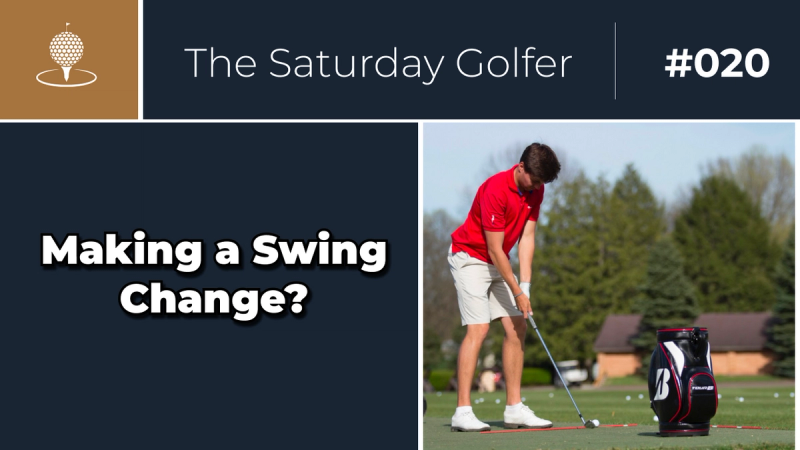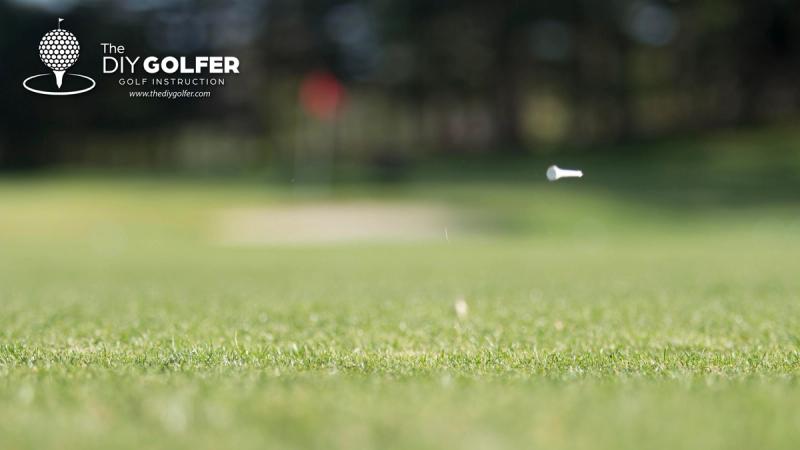Table of Contents

Last updated Dec 29, 2023
Is Indoor Golf Practice Effective?
With the rise of indoor simulators and golf technology, golfers have spent more time practicing indoors. But is it truly helping our games?


It's that time of year when for most of us, the golf courses are closed and our only chance to scratch the golf itch is indoors.
Thankfully, in the last 5 years, the golf industry has seen an explosion of indoor golf simulators both commercially and at-home.
But is that indoor practice really helping? Or is it giving you a false sense of confidence?
Let's find out.
Limitations of Indoor Practice
I don't think you'll find any golfer claiming that indoor practice is a complete substitute for an outdoor range session and time on the course.
While many other athletes can practice effectively both indoors and out, golfers are limited by the following primary factors:
- Artificial turf, no variation of lies
- Lack of environmental factors
- Accuracy of simulation technology
Limitation #1: Artificial Turf
While mats like the Fiberbuilt series has reduced the risk of overuse injuries and made indoor golf feel more realistic, they simply cannot replicate the challenge of real grass.
Golfers not only have to contend with different types of grass (e.g. bermuda), but also an infinite number of lies that challenge our abilities.
When we hit off artificial turf, we don't get these variations and become accustomed to perfect lies on every shot.
Limitation #2: Lack of environmental factors
While golf simulators often incorporate elevation, wind, temperature, and other environmental factors, they will never be able to replace dealing with those things in real life.
If the "wind" is blowing 25mph left to right on a simulator indoors, you'll just aim left and hit a normal shot.
In real life, you'll have to contend with additional factors:
- You'll need a wider stance to maintain stability and balance during your swing (since the wind blows you over)
- Sustained winds has a significant psychological effect on a golfer over the course of a round
Limitation #3: Accuracy of simulation technology
It would be great if we could all have Trackman launch monitors in our fully-featured basement golf simulator right?
The reality is—most of us are stuck with launch monitors under $2,000, which inevitably means we're not going to get perfect data.
While most consumer-grade launch monitors like the Garmin R10 are fairly accurate when it comes to distance measurements, they often fall short when measuring our shot shapes.
If you trust these numbers too much, you may spend all winter working on that "5 yard baby draw" and realize during your first round of the spring, it was really a 20 yard hook the entire time. Oops! You spent all winter training a bad habit.
Ideas for more effective indoor practice
I've spend hundreds of hours practicing indoors.
In the early days of game development, I hit thousands of shots in my parents' garage off a DIY golf mat I made with foam and plywood. It was far from ideal.
In college, this indoor setup was upgraded to a 50-yard indoor hitting and putting facility, but we still couldn't see our ball flight.
I've tried it all and here are some ideas for making your practice more effective indoors.
Idea #1: Focus on swing mechanics, not outcomes
The best advice I can give you about practicing indoors is this—stop guessing.
I know I'm a broken record about this, but you need to record your golf swing on video. Period.
Unless you have a Trackman device in your living room with pinpoint accuracy, the only feedback you should be trusting with 100% confidence is video analysis.
Analyzing your swing on video is the same whether you're indoors or out and tells you exactly what's going wrong if you know how to read it. You can check out The DIY Academy for more on this.
Idea #2: Buy a personal launch monitor
Do you know what's even better than filming your golf swing?
Seeing data about your swing and video side-by-side.
Thanks to advancements in launch monitor technology, you can have your own launch monitor for less than $1,000. Two great choices are the Garmin R10 or the Rapsodo MLM2 Pro. If you have a bigger budget, the Mevo+ is great too, and it comes with a built-in camera for video analysis!
Like I said earlier, it's not a great idea to put all your trust in a launch monitor, but if you pair it with video analysis and take things with a grain of salt, these little devices can seriously take your game to the next level:
- You'll get a better idea of your club distances
- You will see shot patterns
- You will have more fun (and practice longer)!
Idea #3: Invest in a good mat
This idea is mostly about injury prevention.
Hitting thousands of shots off firm, low-quality artificial turf is a recipe for disaster.
From wrist injuries to "tennis elbow", spending the extra money for a Fiberbuilt mat will save you thousands in doctors' bills.
Trust me, I've been through this, and overuse injuries are no joke. They won't ruin your life, but they sure will ruin your golf game!
Final Thoughts
If you could take away a few things from this newsletter, here they are:
- Seek multiple sources of feedback while practicing indoors and stop guessing.
- Invest in a quality indoor setup (launch monitor + great mat)
I'll see you in the next issue!






